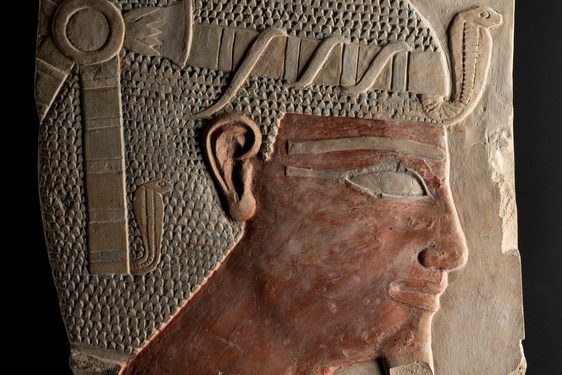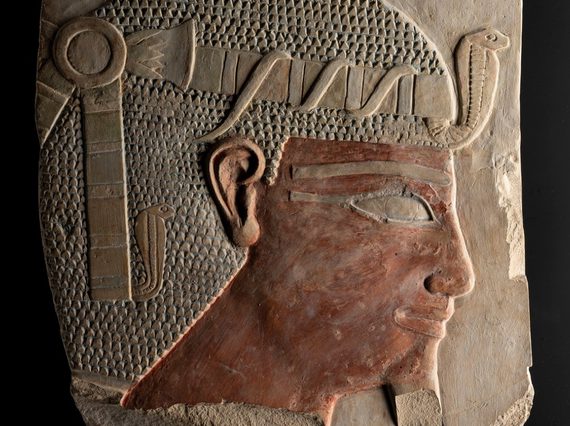
Buying Power: British Archaeology and the Antiquities Market in Egypt and Sudan 1880 - 1939
This research project investigated how archaeologists involved in British-led excavations in Egypt and Sudan engaged with the antiquities market between 1880 - 1939.
Last updated: 29 April 2025
About the project
The role of archaeologists in the antiquities market in Egypt and Sudan has often been underplayed or ignored, with narratives choosing to focus on the scientific achievements of archaeological 'heroes'. However, it is apparent that many archaeologists were involved in the market, as both buyers and sellers. The movement of objects through the market to museums via archaeologists was complex, and involved both sanctioned excavations and illicit activities, opportunistic sellers and licensed vendors.
This project was the first to focus on how archaeologists involved in British-led excavations in Egypt and Sudan were entangled with the antiquities market and how this impacts what we see today in museums across the world. It examined how and why archaeologists bought and sold objects, how they viewed these transactions financially and ethically. Through extensive archival and museum collections research in Edinburgh, London, Liverpool, Oxford, Manchester, and Toronto, it has uncovered a much fuller picture of these individuals’ roles, not just as “enthusiastic buyers” of antiquities but as key suppliers to collectors and museums internationally.
- Project title
British Archaeology and the Antiquities Market in Egypt and Sudan 1880 - 1939
- Project active
2022 - 2024
- Research theme
Colonial histories and legacies, Provenance Research
- Strategic priorities
Developing, preserving and increasing access to the National Collections; Strengthening and sharing collections knowledge and research; Reaching out to people across Scotland and the world; Valuing, supporting and developing our people and empowering them to work together in new ways
The project, which was led by Dr Dan Potter (National Museums Scotland), focused on the activities of a small number of archaeologists, whose work, donations and acquisitions shaped the collections of National Museums Scotland: curator Edwin Ward, collector-for-hire Charles Trick Currelly, and archaeologists/academics John Garstang and William Matthew Flinders Petrie. These men were each involved in excavations in Egypt and/or Sudan during the height of British involvement in the field 1880 - 1939, a period when the public and museums clamoured to see more objects from these ancient places.
Image gallery
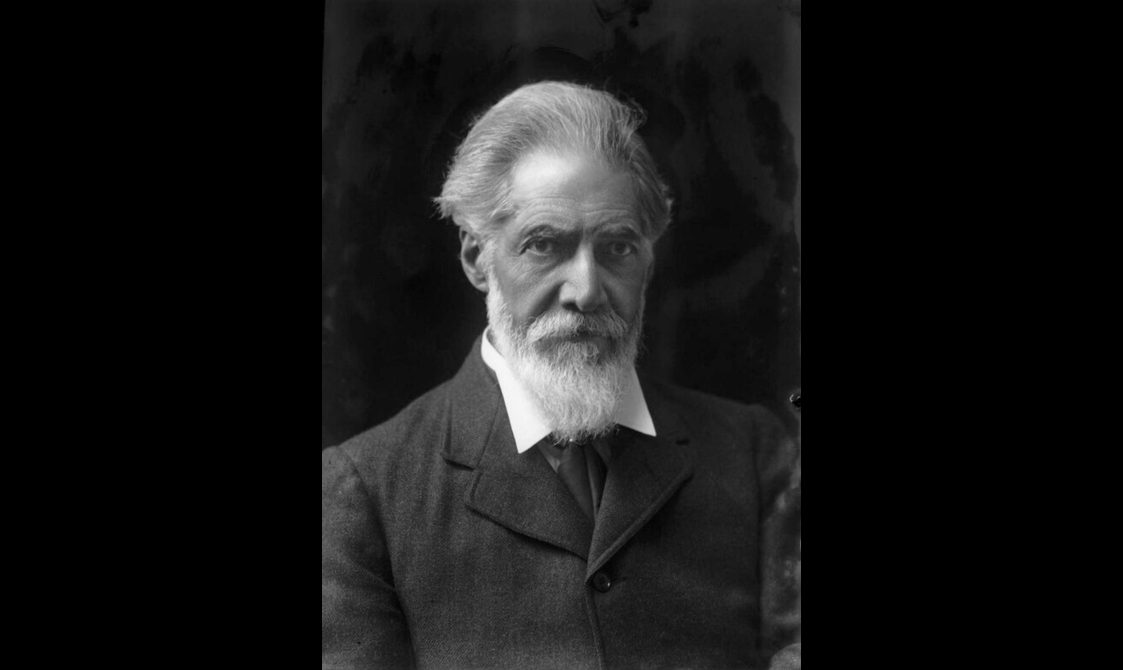
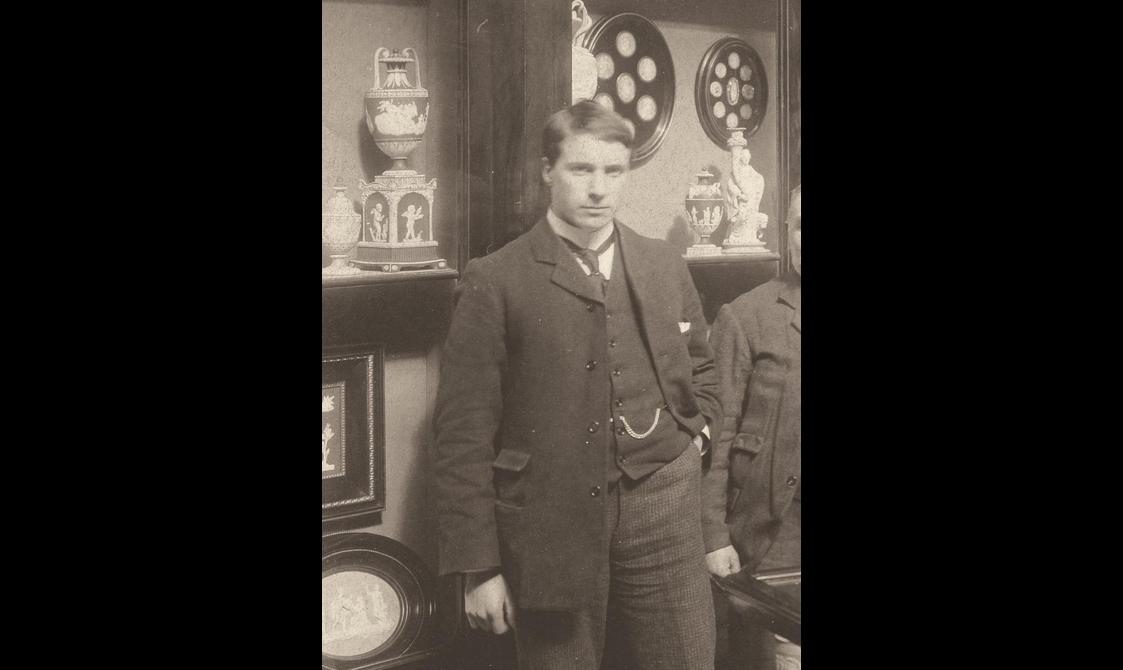
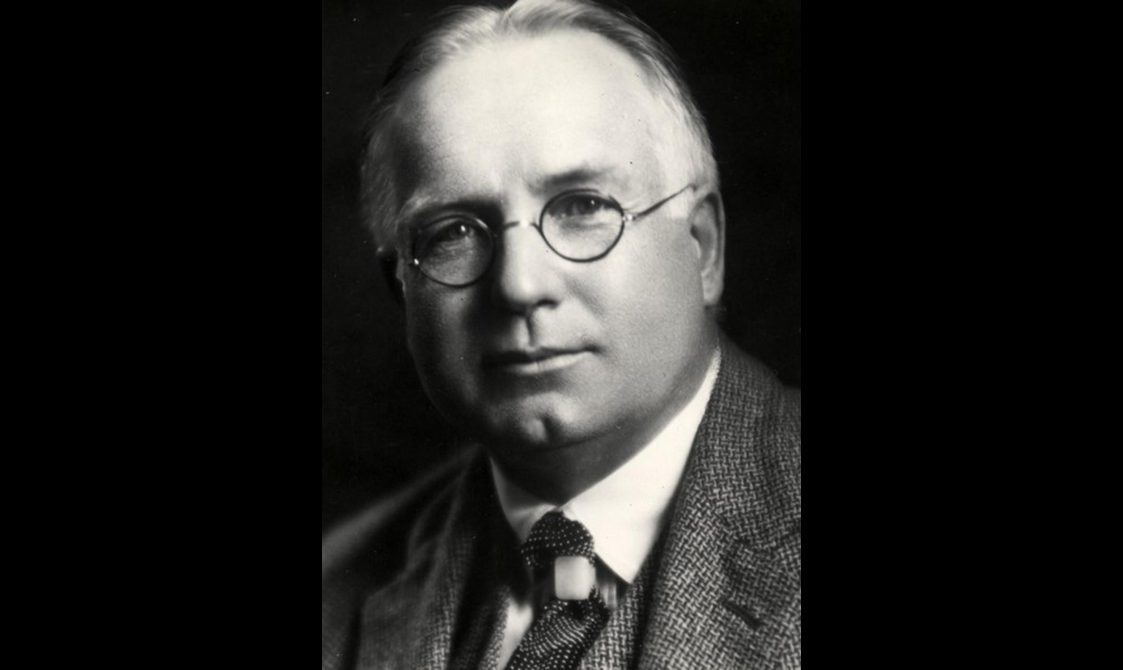
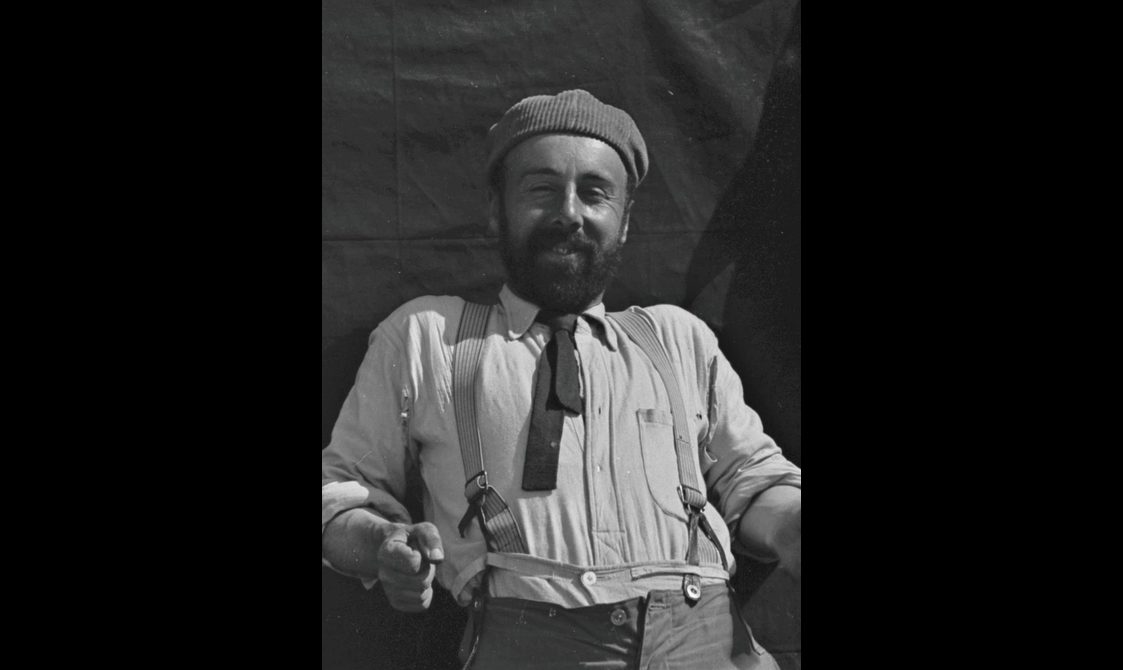
Key findings
Archaeology and the antiquities market were part of a symbiotic business that flourished during the late 19th and early 20th centuries. Archaeologists often viewed their transactions as an expected and approved part of their work.
A major outcome of the research is the development of a cyclical model that offers a new framework for understanding the transfer of money and archaeological objects. Archaeologists played active roles in this cycle which resulted in the commodification and repeated financial valuation of heritage.
Ultimately, it calls for a reassessment of Egyptology’s past and its ongoing implications in the present by challenging traditional narratives of archaeologists as generous scientific excavators. Instead, it positions them within a business cycle that fuelled the sustained extraction of Egyptian and Sudanese antiquities, supplying museum collections worldwide.
In depth collections and archival research has identified new object histories and tracked objects over time as they moved from person to person and country to country. This has resulted in significant improvements in provenance documentation for hundreds of objects in Scotland’s national collection and in the collections of project partners. Hundreds of new images of National Museums Scotland objects were also created. During the project, the Edwin Ward archive at National Museums Scotland was conserved, digitized and published freely online for the first time.
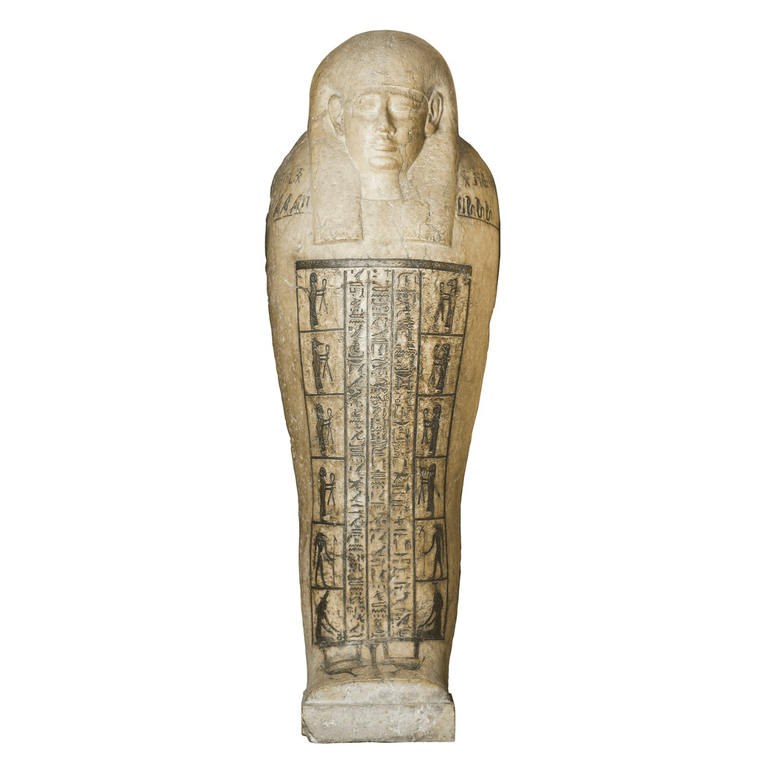
Project contact
Dr Daniel Potter
Funders
Arts and Humanities Research Council - Early Career Research, Development and Engagement. Learn more about AHRC's funding of this project.
Fellowship partners
You might be interested in
- Discover
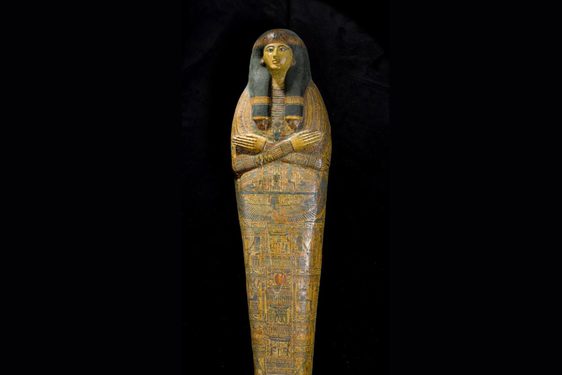
The evolving story of an ancient Egyptian coffin
A coffin in the National Museums Scotland collection tells the stories of several different owners through the changes they made to it, helping us to reconsider ancient burial equipment as a reusable commodity. The story of how this coffin… - Discover
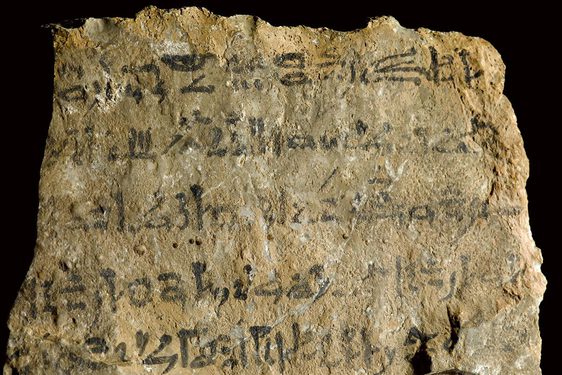
Ancient Egyptian tomb warnings, curses, and ghosts
It is a popular misconception that ancient Egyptian tombs all contain curses. The idea of a ‘mummy’s curse’ developed in 19th century fiction but became widespread due to the sensationalist journalism that followed the discovery of the… - Discover
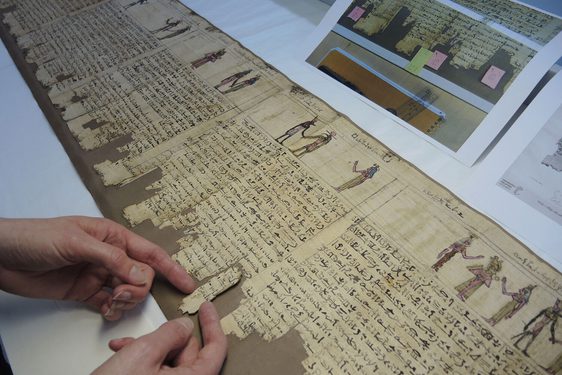
Reed all about it: Conservation of ancient Egyptian papyri
There are several important ancient Egyptian papyri in the collections of National Museums Scotland. Discover how we conserved these beautiful and ancient objects, and our bespoke framing and glazing choices, including the first use of…
